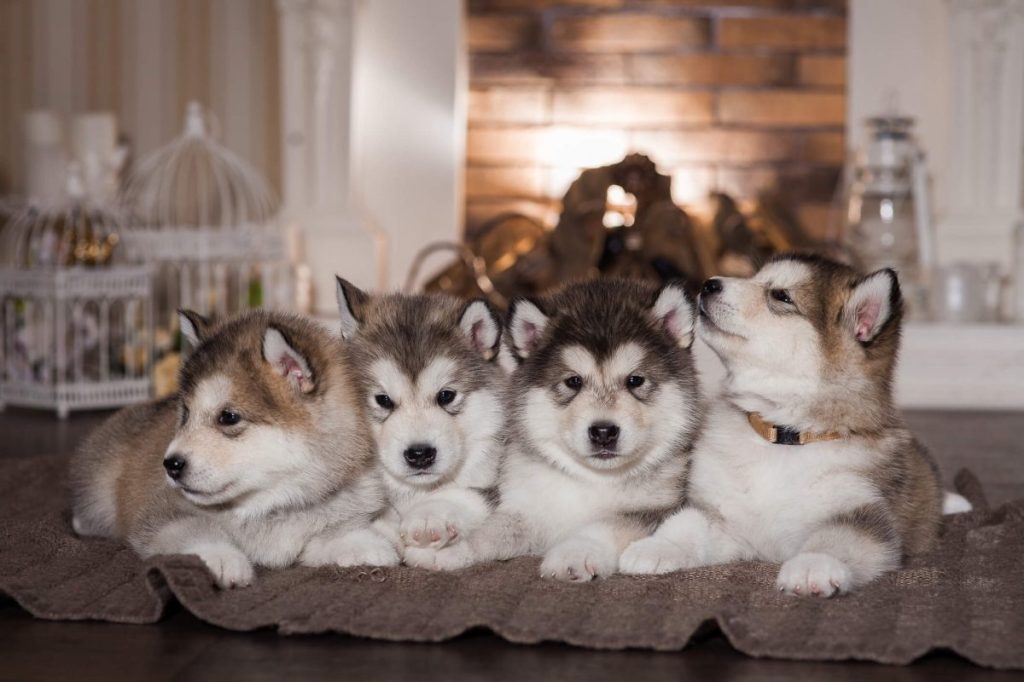Are you thinking of adopting your very own Alaskan Malamute puppy? It’s hard to resist an Alaskan Malamute’s fluffy coat and wolf-like appearance, so it’s easy to see why anyone would want one. However, there are some things you should know about these dogs before you run out to your local rescue and adopt one. While they make great companions, this breed requires special care and patience. Here’s everything you need to know about Alaskan Malamutes, along with some cute puppy pictures!
The Alaskan Malamute is a natural breed

These athletic dogs are considered a natural breed, meaning humans haven’t drastically altered their evolution. While they were not bred explicitly for companionship, they have grown alongside humans and developed a close working relationship. The Inupiat people of Alaska, called Mahlemiut — today known as Kuuvangmiut and Kobuk — used these dogs to hunt large game and carry supplies to their village. Although they considered the dogs family and bred them selectively for strength, endurance, and other working traits, they did not focus on altering their appearance or creating new breeds.
This means that even if you get an Alaskan Malamute as a puppy, they will take some patience on your part to win over their heart. But once you do, they’ll be incredibly loyal.
Alaskan Malamute puppies quickly grow into large dogs

Alaskan Malamute puppies experience rapid growth in their first year of life. Starting as fluffy, pint-sized pups, they can quickly balloon to over 50 pounds within months. This fast-paced growth requires a balanced diet rich in essential nutrients to support their developing bones and muscles. During this phase, their playful antics and boundless energy make them quite the handful, but their rapid development also means they mature into strong, robust dogs sooner than many other breeds.
On average, a fully grown Alaskan Malamute stands 23 to 25 inches tall at the shoulder and weighs between 75 and 85 pounds. Make sure you’re prepared for this swift transformation and that your living environment and lifestyle can accommodate a rapidly growing pup.
These high-energy dogs need a lot of exercise
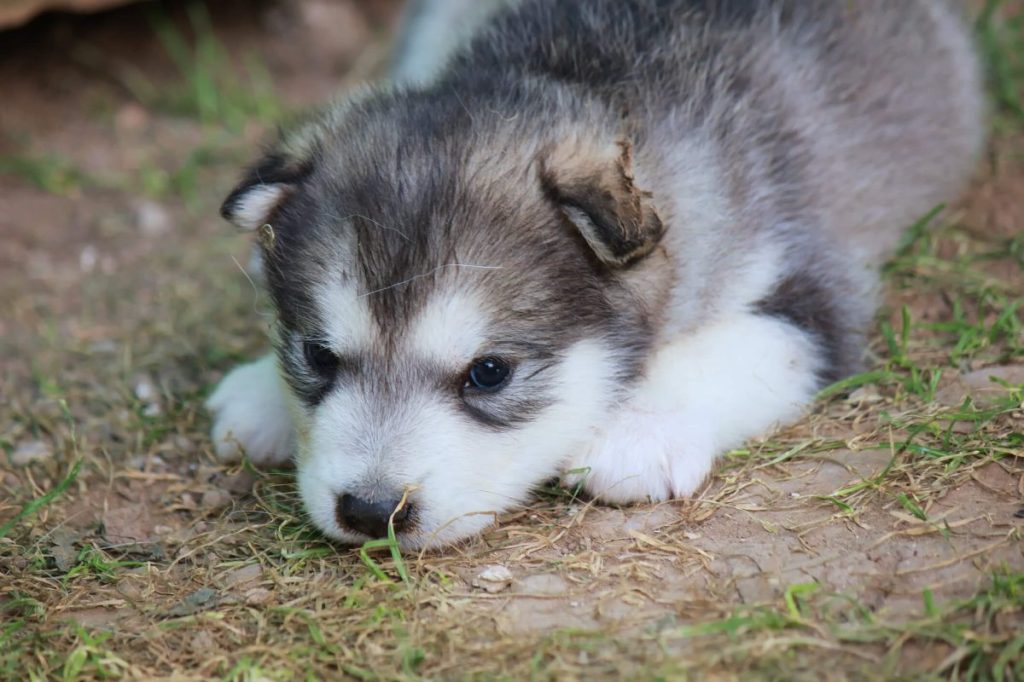
Alaskan Malamutes are large working dogs, and they need a lot of exercise as adults. This means that as a puppy, your Alaskan Malamute is going to have a ton of energy! Alaskan Malamute puppies enjoy playing physically active games, lengthy hikes, and mental stimulation. As they get older, you can exercise your Alaskan Malamute in other ways. These dogs love to have a job to do, so anything from Bikejoring — pulling someone on a bike — to agility classes will keep your Malamute not only in shape, but stimulated enough that they won’t tear up your house out of boredom.
Alaskan Malamutes also require a lot of grooming, making them high maintenance
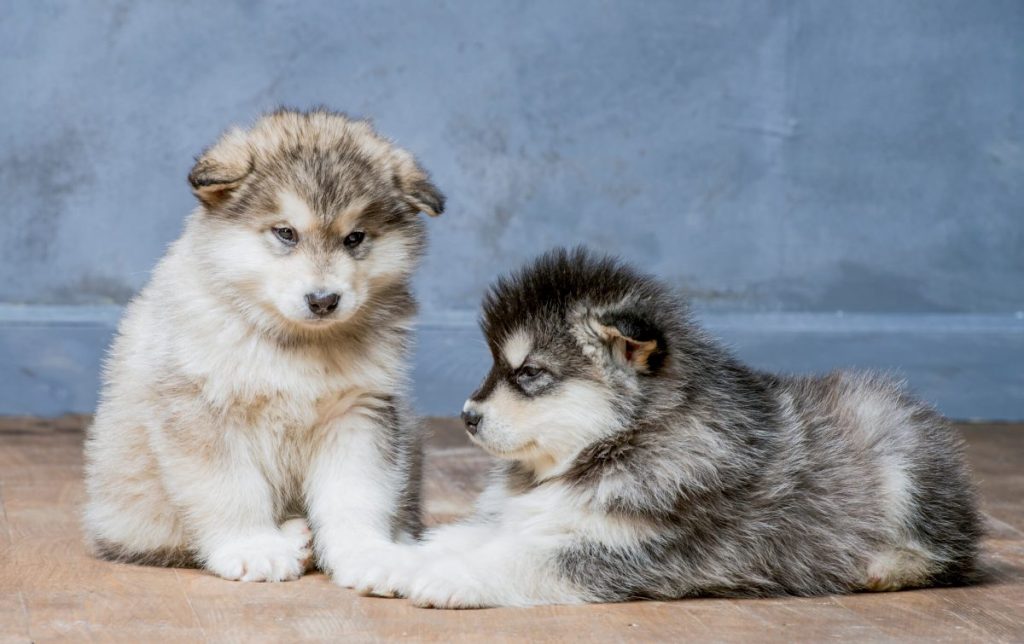
One of the most attractive things about the Alaskan Malamute is how cute and fluffy they can be. Unfortunately, if regular grooming isn’t your thing, you may want to reconsider an Alaskan Malamute.
According to the Alaskan Malamute Club of America (AMCA), the Malamute’s thick, double coat requires daily brushing. Skipping a day of brushing every once in a while is fine, but the club advises brushing to help avoid matting, which can lead to fungal infections. The club also suggests regular baths to help cut down on shedding and that not-so-great, smelly dog odor.
Just because the Alaskan Malamute can be a little high maintenance doesn’t mean they’re not amazing pets. Just know that they will require extra fur care in the long run.
Their coats ‘blow’ which means they are not suitable for individuals with allergies

Alaskan Malamutes may shed fur throughout the year, but they’re also seasonal shedders. This means that, come the spring and the fall, your Alaskan Malamute may shed so much that you could practically make a second dog with the fur! Many Malamute parents say that their puppies had a major shedding phase around the age of one-and-a-half to two years old. This is when an Alaskan Malamute sheds their baby coat for their adult coat.
Females often shed more than male Alaskan Malamutes. Spaying your female Alaskan Malamute won’t completely eliminate her coat-blowing, but it will cut down on the hormones that contribute to a hefty shedding season. Importantly, allergies may flare up during this time, so make sure anyone in your family with allergies is comfortable.
Due to their independent nature, Alaskan Malamutes are not recommended for first-time dog parents

Often, experts do not recommend Alaskan Malamutes for beginner dog parents. This cold-weather-loving dog is very smart and independent, which can make training difficult for even the most experienced owners. Moreover, being descendants of sled dogs, they have a very strong sense of pack hierarchy. This means your pup needs to know who’s the boss — you!
Training is important with every dog, but it is especially so with a large, strong dog who, if left unchecked, could become uncooperative and difficult. Fortunately, Alaskan Malamutes aren’t as headstrong as their lookalikes, Siberian Huskies, but they can definitely still be a handful.
This dog breed is prone to some health ailments
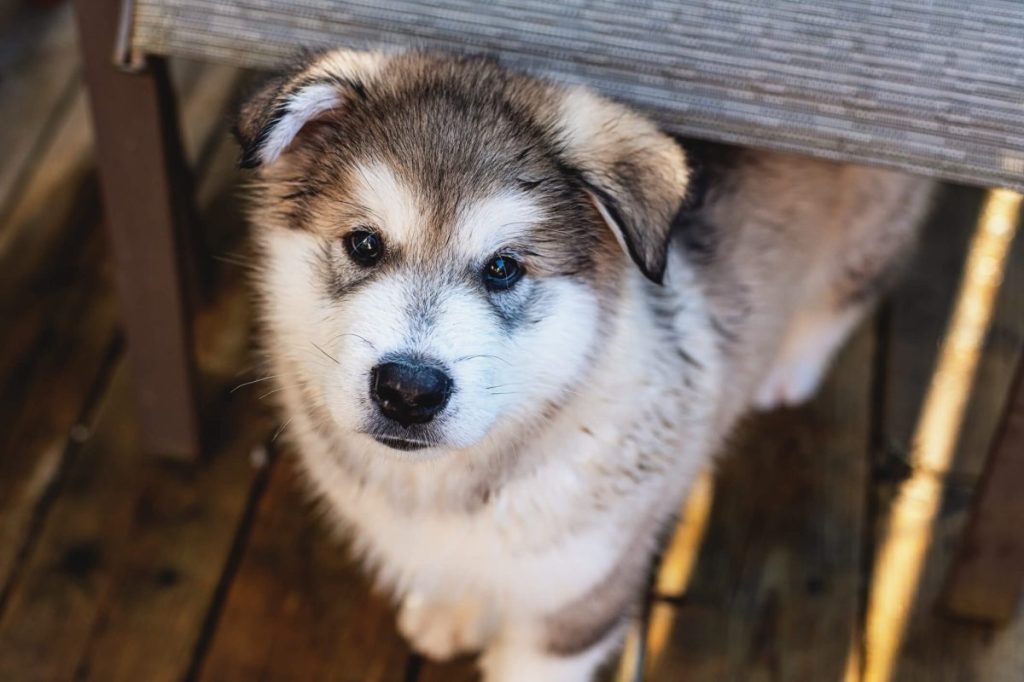
Since Alaskan Malamute puppies grow to be big dogs, they can be prone to joint issues. The most common ailments for Alaskan Malamutes are chondrodysplasia (CDPA), elbow dysplasia, and hip dysplasia. Both the latter two conditions can lead to arthritis and other issues that can make it difficult for your Alaskan Malamute to get around during their senior years.
If you plan on getting an Alaskan Malamute — or any other large dog breed — make sure you’re financially prepared for these potential health maladies in the long run. A healthy diet and the proper amount of exercise will help keep your Alaskan Malamute strong and happy. Moreover, it can help prevent some of these issues.
Alaskan Malamute puppies for sale come with a hefty price tag

If you’re considering bringing an Alaskan Malamute puppy into your home, be prepared for a significant investment. On average, these puppies can range from $1,500 to $3,000, depending on the breeder, lineage, and location. While the price may seem steep, it’s important to remember that reputable breeders often include essential health screenings, vaccinations, and even initial training to ensure your new furry friend starts off on the right paw.
However, if purchasing a puppy isn’t within your budget, or if you’re passionate about giving a dog in need a second chance, adoption is a fantastic option. Adoption fees are generally much lower — often ranging from $300 to $600 — and typically include spaying or neutering, microchipping, and essential vaccinations.
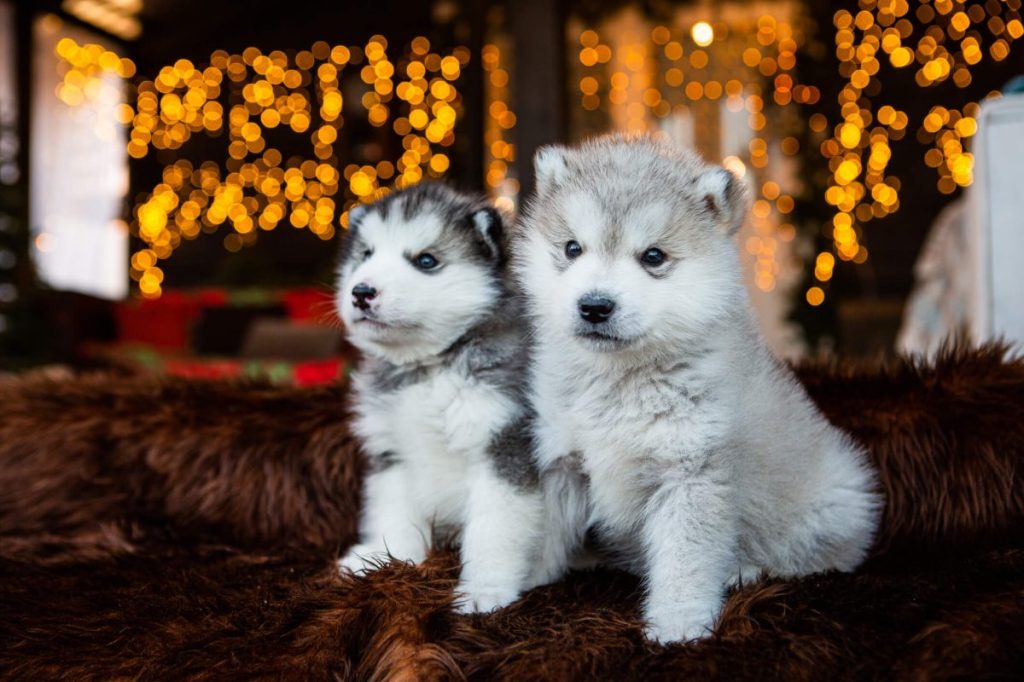
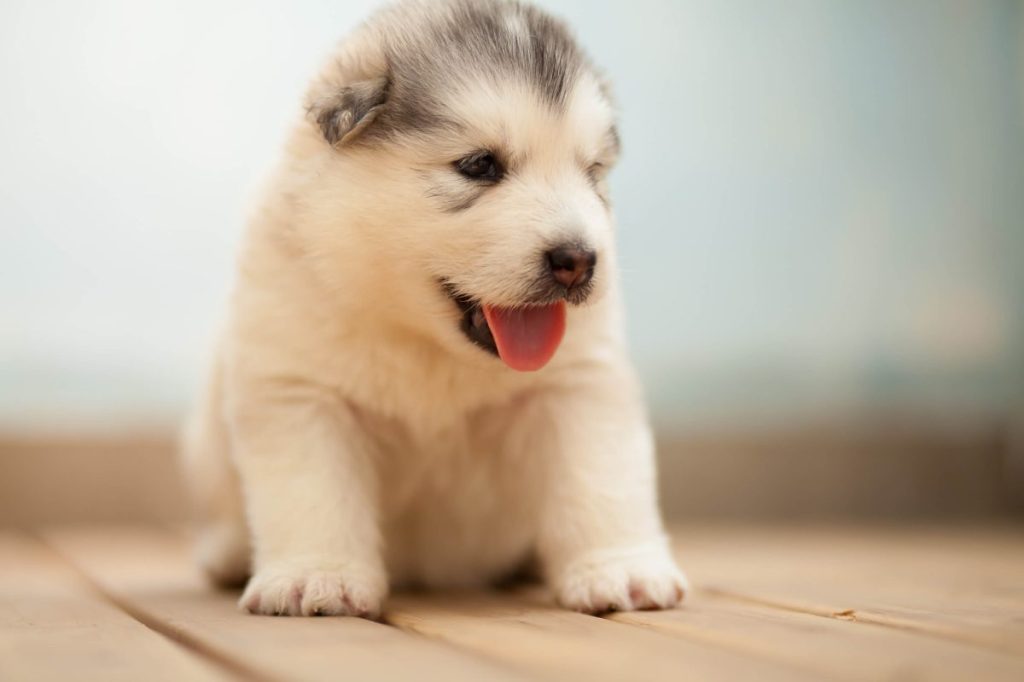



The majority of this list may seem like a slew of reasons as to why you shouldn’t get an Alaskan Malamute, but the truth is, these puppies make excellent pets. They’re great with children, and many Alaskan Malamute parents say that their dogs stick to them like glue. As long as you train and socialize your Alaskan Malamute and keep them well-exercised, you’ll have a lifelong friend.
